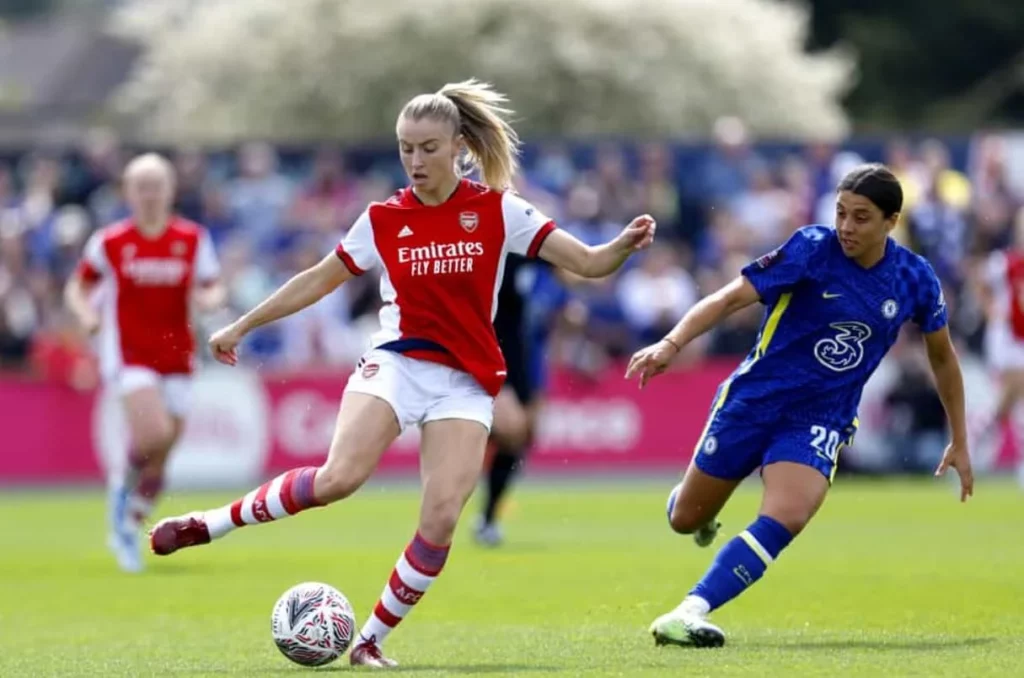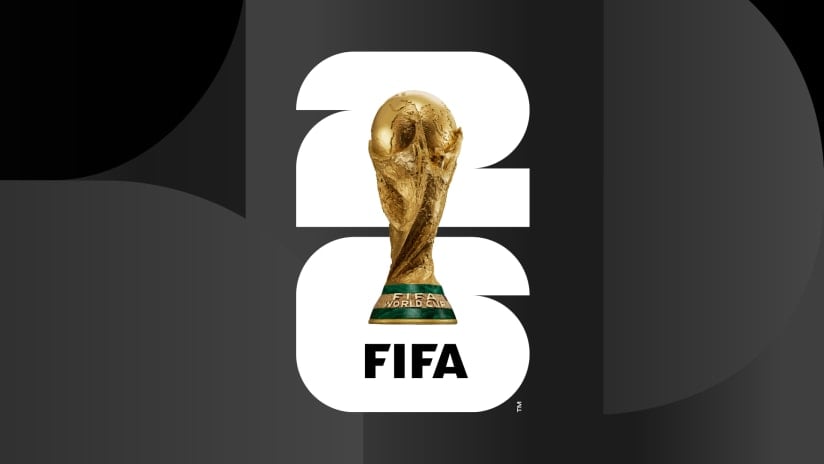
The world of women’s football is bracing for significant shifts as the Women’s Super League (WSL) plans its move towards greater independence. At the heart of this change is the establishment of a new entity, NewCo, set to manage the two prime leagues. What does this mean for the future of the sport, and how might it reshape the women’s football landscape?
Historically, the Football Association (FA) has been at the helm of football governance in England. While it’s well-equipped to manage the overarching framework of the sport, running the leagues on a day-to-day basis isn’t its core function.
The Role of Football Association vs. NewCo
| Entity | Main Function | Limitations |
| Football Association | Govern the entire football ecosystem in England | Not designed for daily league operations |
| NewCo | Manage the WSL and Championship leagues | New entity; effectiveness yet to be seen |
As the women’s game continues to grow, there’s an increasing need for specialized oversight that can focus exclusively on league operations and development. This is where NewCo steps in.
WSL’s Grand Vision: The Billion-Pound League
One of the most ambitious targets set by the WSL, under the leadership of its chair, Dawn Airey, is to transform it into the world’s first billion-pound women’s league. Such an aspiration isn’t merely about financial prowess; it symbolizes a break from an era where women’s football was undervalued and underfunded.
“We’re acutely aware of the lessons from the Premier League and EFL [English Football League]. There is a current split, with the current revenues that go to Championship and the Super League [25% and 75%] and there is absolutely no reason as to why that split shouldn’t continue. It’s two leagues and the Super League clubs are very conscious that the Championship needs to thrive as well” – Dawn Airey
The spotlight on revenue distribution brings forth a vital discussion. With 75% of revenue currently channeled to WSL and the remaining 25% to the Championship, concerns arise about the widening financial chasm between the leagues.
Key Questions:
- Will there be room to adjust the revenue split?
- Could a more balanced allocation ensure the Championship’s upward mobility?
Although Sue Campbell, the FA’s director of women’s football, believes such discussions are inevitable, the timing and impact remain uncertain.
Financial Dynamics: Men vs. Women’s Football
A comparative lens between men’s and women’s sports highlights stark disparities in revenue. While the global women’s sport domain garners about a billion dollars mainly from sponsorships and gate collections, men’s sports rake in half a trillion.
“The whole of women’s sport globally gets a billion dollars in revenues, from sponsorship and gate. Men’s sport gets half a trillion. That’s an enormous difference and it shows the enormous potential for women’s sport, and women’s football in particular” – Dawn Airey
However, emulating the men’s game’s revenue structures poses philosophical and practical challenges. There are broader discussions about whether the immense financial influx in men’s football truly benefits the sport and society.

Reinvestment: Building a Holistic Ecosystem
To genuinely nurture the sport, funds should flow equitably across all footballing levels. This encompasses:
- The club game
- Grassroots football
- Community initiatives
Yet, with only 25% of revenue earmarked for the Championship, this tier remains financially marginalized. It’s crucial to revisit these financial allocations, especially once WSL’s infrastructure reaches optimal levels. This could counteract the widening financial gap and ensure a more level playing field.
Club Dynamics: Navigating the Waters of Independence
When clubs gain control over the leagues, the entire dynamic of football administration will undeniably transform. The introduction of substantial investments will inevitably lead to shifting priorities and potential conflicts of interest.
Factors to Consider:
- The balance between individual club interests and collective league goals.
- Potential safeguards to maintain a cohesive footballing ecosystem.
Campbell touches upon a unique aspect of this evolution, hinting at clubs centralizing their assets. While this centralization marks a promising direction, its true value lies in the subsequent distribution of resources.
A new dimension in football investment emerges from sovereign-state wealth funds. An illustrative example is Newcastle United’s 80% ownership by Saudi Arabia’s Public Investment Fund, which has significantly boosted the club’s women’s team. However, such investments come with ethical concerns, given the contrasting human rights landscapes.
Looking Ahead: Steering the Ship of Women’s Football
The journey to autonomy for women’s football in England, while full of potential, isn’t without its challenges. Handing the baton of the sport’s future to club executives and officials might appear precarious. Yet, their commitment to a sustainable footballing ecosystem remains the guiding light.




